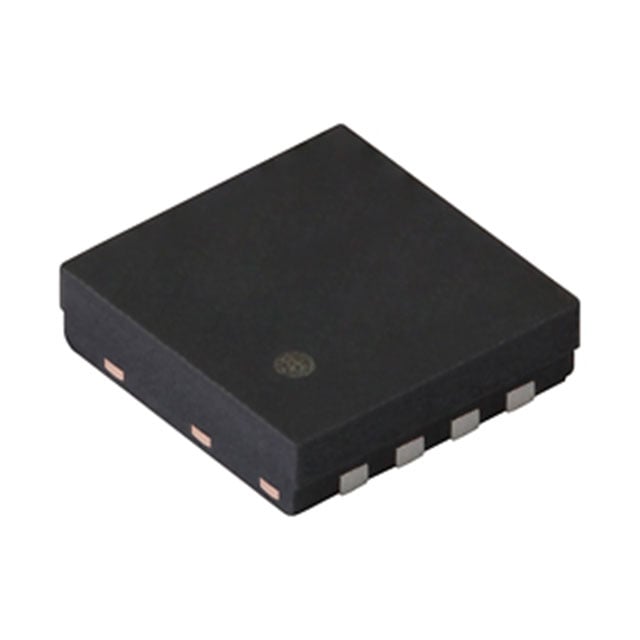TrenchFET® GenIV Series, Single FETs, MOSFETs
Results:
3
Manufacturer
Series
Input Capacitance (Ciss) (Max) @ Vds
Gate Charge (Qg) (Max) @ Vgs
Rds On (Max) @ Id, Vgs
Power Dissipation (Max)
Current - Continuous Drain (Id) @ 25°C
Mounting Type
Supplier Device Package
Vgs(th) (Max) @ Id
Package / Case
Operating Temperature
FET Feature
FET Type
Grade
Drain to Source Voltage (Vdss)
Qualification
Technology
Vgs (Max)
Drive Voltage (Max Rds On, Min Rds On)
Results remaining:3
Applied Filters:
TrenchFET® GenIV
Single FETs, MOSFETs
Discrete Field Effect Transistors (FETs) are highly versatile electronic components that are employed in a range of applications, including power conversion, motor control, solid-state lighting, and many others. One of the key advantages of FETs is their ability to be switched on and off at high frequencies while carrying substantial amounts of current. This makes them ideal for use in circuits that require precise control over their output signals. FETs are particularly useful in applications that require voltage ratings of a few hundred volts or less. Above this range, other device types such as Insulated Gate Bipolar Transistors (IGBTs) become more competitive. FETs are often preferred over IGBTs for lower voltage applications because they offer faster switching speeds, better efficiency, and simpler drive circuits. One of the key benefits of using discrete FETs is that they can be configured in a variety of ways to suit specific application requirements. For example, they can be used in parallel to increase the current-carrying capacity of the circuit, or in series to increase the voltage rating. They can also be used in conjunction with other passive components such as diodes and capacitors to form more complex circuits. In addition to their versatility and efficiency, FETs are also known for their durability and reliability. They have no moving parts, which makes them less susceptible to wear and tear. Moreover, they can operate at high temperatures without degradation in performance, making them ideal for use in harsh environments. In summary, Discrete Field Effect Transistors (FETs) are widely used in a range of applications owing to their high switching frequency, high current-carrying capacity, and excellent efficiency. They are particularly suitable for low-voltage applications where they outperform other device types such as IGBTs. With their versatility, durability, and reliability, FETs will continue to play a vital role in the development of modern electronic systems.


